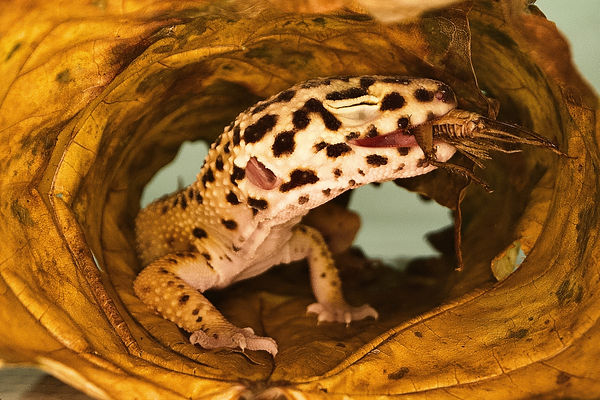
THE PETHOUSE

From Bearded Dragons to Anoles, Tarantulas to Red-Ear Sliders, just about every reptile, amphibian and arachnid enjoys live crickets. Crickets are a good staple for their diets and they’re full of natural appeal. Shake a few crickets into it’s habitat and watch your animal hunt, chase and slurp them up.
Cricket Nutritional Analysis*
Protein16.8%(min)
Fat5.6%(min)
Fiber3.6%(min)
Moisture75.6%(min)
*Analysis done by independent laboratories

Care Points of Emphasis:
-
Provide a clean, high-quality, well-ventilated vessel for housing your crickets.
-
Cricket storage container surfaces should be wiped down between deliveries with a very mild bleach and water solution, and thoroughly rinsed.
-
Cricket storage containers should contain clean egg crates or other surface area-increasing media to allow the crickets to spread out, but no bedding
-
Remove crickets from their bag as soon as possible.
-
Provide a two-day supply of clean food and watering method.
-
Cricket Power Food is the best cricket food to maintain the high nutrient level in crickets, and to keep them healthy and long-lasting.
-
Crickets need a watering method that makes it impossible for them to drown, such as a Water gel.
-
Optimal Temperature: 70-75 degrees, with LOW humidity
-
Be sure you aren’t storing the crickets where a thermostat allows significant temperature irregularities throughout the day and night.
-
-
Be sure that your storage unit has excellent ventilation, but do not use a fan or other forced air methods.
-
Maintain the cricket container.
-
Sweep out cricket sheds and dead crickets daily
-
Clean the container between each delivery
-
Never let your container get damp or wet
-
Smelly cricket containers are the result of dead crickets and the mixing of cricket food and water. Cricket keepers should smell like dry cricket food if cared for correctly.
-
Housing Crickets:
1. Use plastic storage containers that are at least 15” tall with slick sides.
2. If you intend to utilize the lid – some of it must be removed for ventilation. The voids or holes should be covered with an aluminum mesh hot-glued to the lid to keep the crickets from escaping.
3. We strongly recommend cutting at least one vent hole in each side of the container and cover with aluminum mesh to promote quality airflow.